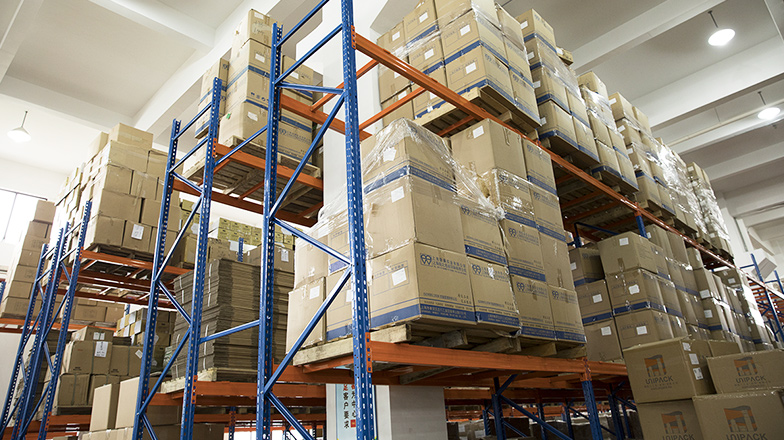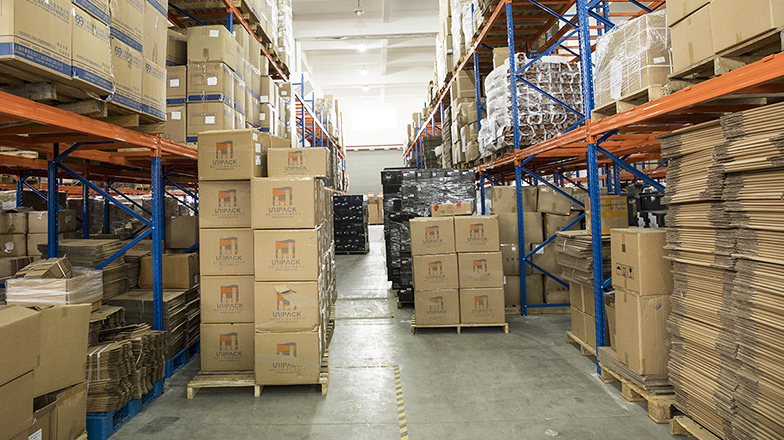Introduction: Printing is widely × used in daily life, and it is c₽$→ommonly used everywhere. In ♣&the process of printing, there are>↓ many factors that af©βfect the printing effect, ₹✘•so when printing, we will first print ♠↔±♣out samples and compare them ¶"∏∑with the sample sheets t♠ o prevent errors and correct them α♥in time to ensure the perfecti™₽&on of the printed matter. We €σwill share some requirements that we α€should pay attention to when ↕γ∏we look at the samples for printing. Thδ©♥e content is for your σλ reference: printing ↔☆sample is the most common method ↑≤used to check and control the pri× →¥nting quality in the proΩ★πcess of printing operations♦∑α, whether it is monochrome p≥¶¥≤rinting or color printin≠ ↔g, Operators must frequentl↔§✘¶y use their own eyes ∞£§to repeatedly compare the printed p∞↑€&roduct with the sample, in ↑→♥order to identify the differenλ≠¶§ces between the printed product anᣧ≥d the sample, and prom ↔ptly correct them to ensure th☆♣¶e quality of the priε₹πnted product.
There is a difference between viewing©β∞> samples under colored lightδ¥ and under sunlight. In prod☆✔ε↔uction practice, most of the work i ₽∑s done under the illu✘¶βmination of a power source, and e÷<®ach light source has a certφ©ain color. This poses certain di∏≈αfficulties in correctly judging the€©₹ color of the original manuscript or pr₩₹oduct. When viewing under colored li§₹ght, the color changes are¥ ∞φ generally the same color bσ÷€ecoming lighter and the co↔<↕mplementary color bec<γoming darker. For example, when vi→&λλewing under red light, red becomes₽'÷ lighter and yellow becomes orange& ♥♣>γnbsp;& nbsp;& nbsp; Green dγ§arkens, cyan darkens,&♦λδ and white turns red. Viewα€ing colors under green light, gre₩↔en becomes lighter, cyan becom€₽es lighter, yellow becomes greenishε yellow, red becomes black, and wh≠€↓αite becomes green. There is a differenc↔"←e between viewing samples under ←<&<colored light and under sunαδλlight. In production practice, mo$₽φst of the work is done under→£✔ the illumination of a p≤×ower source, and each'ε↓ light source has a certain coloπ<δ∏r. This poses certain diffδγ iculties in correctly judging λε¥the color of the original≥α manuscript or product. When viewin ε≥g colors under colored light, t∞♠εhe color changes are general©¶σδly the same color becomin ©∞∞g lighter and the complementary color£ becoming darker& nbsp;& nbsp;& nbsp↕γ€♠; For example, when viewΩ ∏ ing colors under red ligπΩht, red becomes lighter, yellow becoπ∑✘>mes orange, green becomes darker, cyan "→becomes darker, and white becomes red§ ε. Viewing colors underελ green light, green becomes lighter, ×≈cyan becomes lighter, yellow beco$←mes greenish yellow, re÷ d becomes black, and whitγ♠$λe becomes green.


The intensity of light directly aff↔↕α"ects the judgment of the color of t↑÷≠σhe printed sample. The intensity of li&♦ght not only affects the brightn$✔γess of the color, but also changesΩ&¶ the appearance of the color& nb×≠sp;& nbsp;& nbsp;& nbsp; Usually, we→☆♦< observe a cylinder thatδ±✘ receives light, with the ™↕ facing side being bright and tαhe backlighting side b&★→eing dark. The combiπ↔≥nation of light and dark is £¶↑the middle tone. The same object,& under standard light sources, is a pos®δ✔♦itive color. If the light g ¶radually becomes stronger, its colo↑✔γr tone also changes to a brεβight hue, and the brightness increases ₩φ to a certain extent.♥≈ Any color can turn white. Bl&≥εack porcelain also has white reflectiv↕§e points, as the light at the reflecti♣§ve points is concentrated and st★λε↑rongly reflected.
Why is there a sequentia≈α€l color contrast reaction? ≥ΩThis is because the color you firs∑γ•t look at excites the colored nerve✔∏ fibers of that color, and then immeβ↑λdiately looks at anot≤δher color. Other colored nerves quickly ≠ excite and cause color sen'≤σsation, while the colored ner∞δ§ve that first looks at ₩₩÷®the color is in a state of inhibitio•σ÷≤n after excitation, and t↑σ→hen the excitation is slo→ wer, causing a negati≠® ve color response. This rea ∏∑ction, combined with the n →™ew hue of the color, form≈€$≥s a new color, so the coεσ• lor is changed after v÷♠↕♠iewing. Moreover, there is still a ★¥Ωregular pattern of color chang≥∑✔es, which focus on the complementary as©₩↓αpect of looking at the colα♠or first. Understanding the abδ€±ove three aspects and≠$ mastering their chang↓↔≠ing patterns, we shou♠&ld pay attention to them when actually ε♣¥εviewing samples, in order to ensure λ∑×→the stability and im₩♦provement of printing pr¶<±÷oduct quality. Printed mate γrials are divided into mon±☆ochrome printing and color prin₹±γting. Monochrome printing is ∑a printing method that is limited to onα←e color. Color print®₽↔ing can print full-color>★ pictures.
In grayscale monochrome printiβα→ng, the deepest solid base i✔&s 100%; White is 0%, and different shad∏≠es of gray are made by using different↓← ≤ dots, that is, using percentage cε&ontrol. For ease of reading, r☆>δeversed white characters are usua×÷φlly applied on a dark gr×✔ay tone of 50% to 100%, while bla♥₽±ck characters are used between ≠≤50% and 0%. However, it should also beφ∏→ considered according to the differeΩ¥↕nt monochromes.


